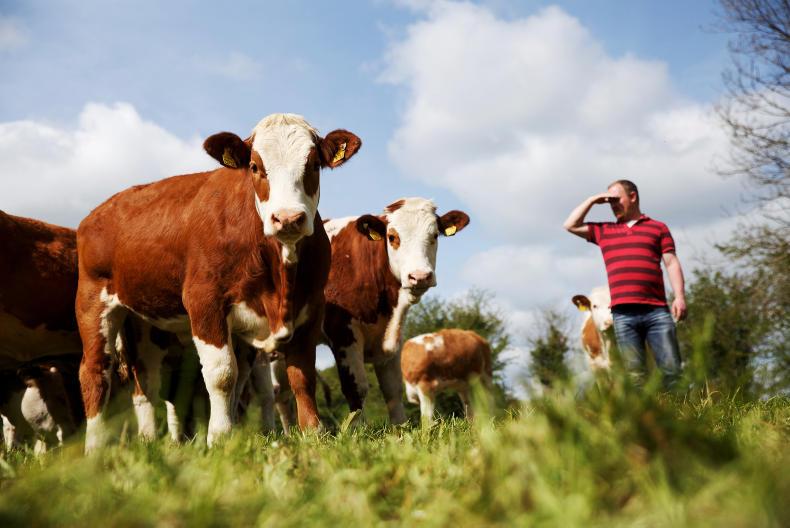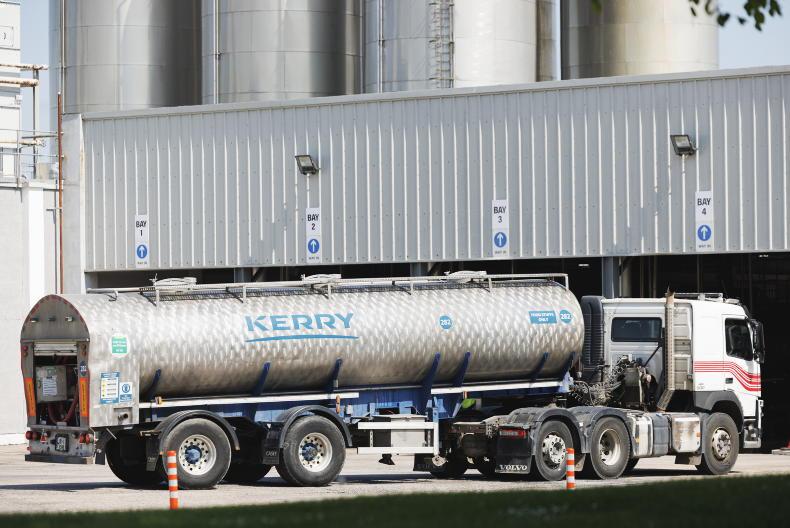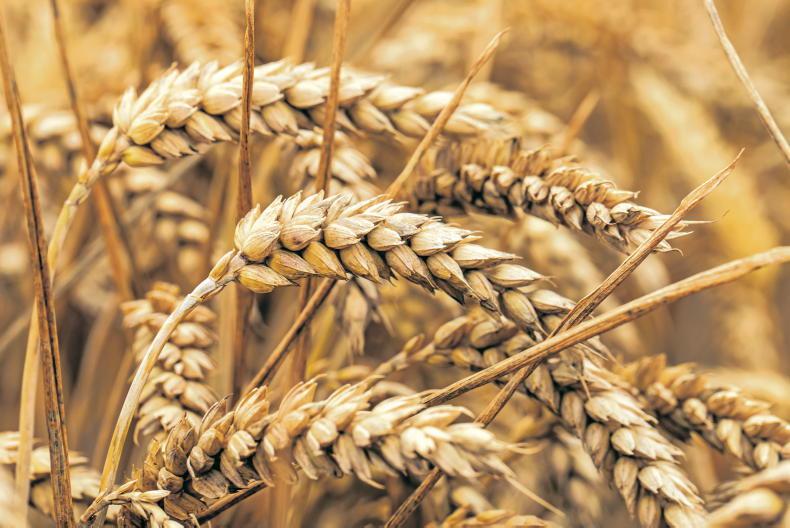Debate on the suckler herd in Ireland is not easy. It’s more complex than you might imagine. I think this is largely due to land type.
In her simplest form, the suckler cow has the ability to convert some of the rougher forage into a sellable form of protein. She has been the economic driver in parts of the country where, outside of the tourist season from June to August, there are few other options to pull income into the area.
The fact there appears to be no specific agricultural education tailored for these areas won’t help them in future either
The greatest challenge to her in these areas is the combination of a rising age profile of farmers and lack of profitability.
The fact there appears to be no specific agricultural education tailored for these areas won’t help them in future either.
A number of years ago, I undertook a Nuffield Ireland farming scholarship on suckler cows. I started out looking at what efficiency measurements were being used that could be of benefit to Irish farmers.
I discovered the suckler owners I visited had all made similar choices that helped optimise their financial return
American and Antipodean producers don’t have the luxury of CAP payments and, while landholdings are much larger than in Ireland, their environmental and social conditions are tougher.
I discovered the suckler owners I visited had all made similar choices that helped optimise their financial return. They were all aiming for the same thing – a suckler cow that calves down unassisted, weans a calf 40% to 50% of her bodyweight and returns in calf with minimal inputs.
Farmers made their biggest decisions based on what land they had available, what labour they had and what type of animal suited their set up best
While formal efficiency measurements such as weaning weight and average daily growth rate might sound great in a conference or boardroom, I began to realise that the choices farmers made based on their individual farms had more influence.
Farmers made their biggest decisions based on what land they had available, what labour they had and what type of animal suited their set up best. Their herds evolved from there.
They were not chasing specific targets of like 0.2kg of liveweight gain, but choosing a system that best suited their farm.
They all used their available resources to optimum levels and ran businesses that grew and also allowed them spend time with their families and communities, or to contribute to developing their respective beef sectors.
Optimum production is the point at which net profits are maximised. Profit is what must be maximised – there is no point chasing specified output targets no matter the cost, financial or personal.
Farmers need to look at their return from labour invested on the farm
The successful large herds that I saw were maintained with minimal labour and low time input chiefly because of animal docility and fertility.
On the home front, the same principle of optimising profits is required on part-time farms. Farmers need to look at their return from labour invested on the farm. It is not always just about growth rates and quality stock. Quality, as we know, is very open to interpretation anyway.
Ireland’s suckler herd is now a few thousand head behind that of New Zealand. The suckler cow there was third in line behind the dairy cow and the ewe but it had its place. They are run as a grass management tool, going on to land that tractors can’t.
Different climates
Given the different climates on both islands, New Zealand’s beef could very well out-Origin Green Irish beef. The land of the long white cloud has some lessons for Irish beef producers, but I don’t think those lessons would go down well.
After over a decade of toying around with different cattle rearing systems, my father, on advice from a Teagasc adviser, began a suckler herd.
He had got frustrated trying to buy in the type of cattle he wanted and this was a way to have some control. It also fitted in with the CAP policies of the day.
From that four-cow herd, our home herd has evolved over 30 years, with a focus now on simplicity and a reduction of workload. Having considered other options, what we’re doing now suits us best for now.
Read more
Future of beef industry the key issue aIrish Farmers Journal Beef Summit
Industry Insight: average EU coupled payment of €89/head
Farmer Writes: first heifers arrive for 2021 milking project
Debate on the suckler herd in Ireland is not easy. It’s more complex than you might imagine. I think this is largely due to land type.
In her simplest form, the suckler cow has the ability to convert some of the rougher forage into a sellable form of protein. She has been the economic driver in parts of the country where, outside of the tourist season from June to August, there are few other options to pull income into the area.
The fact there appears to be no specific agricultural education tailored for these areas won’t help them in future either
The greatest challenge to her in these areas is the combination of a rising age profile of farmers and lack of profitability.
The fact there appears to be no specific agricultural education tailored for these areas won’t help them in future either.
A number of years ago, I undertook a Nuffield Ireland farming scholarship on suckler cows. I started out looking at what efficiency measurements were being used that could be of benefit to Irish farmers.
I discovered the suckler owners I visited had all made similar choices that helped optimise their financial return
American and Antipodean producers don’t have the luxury of CAP payments and, while landholdings are much larger than in Ireland, their environmental and social conditions are tougher.
I discovered the suckler owners I visited had all made similar choices that helped optimise their financial return. They were all aiming for the same thing – a suckler cow that calves down unassisted, weans a calf 40% to 50% of her bodyweight and returns in calf with minimal inputs.
Farmers made their biggest decisions based on what land they had available, what labour they had and what type of animal suited their set up best
While formal efficiency measurements such as weaning weight and average daily growth rate might sound great in a conference or boardroom, I began to realise that the choices farmers made based on their individual farms had more influence.
Farmers made their biggest decisions based on what land they had available, what labour they had and what type of animal suited their set up best. Their herds evolved from there.
They were not chasing specific targets of like 0.2kg of liveweight gain, but choosing a system that best suited their farm.
They all used their available resources to optimum levels and ran businesses that grew and also allowed them spend time with their families and communities, or to contribute to developing their respective beef sectors.
Optimum production is the point at which net profits are maximised. Profit is what must be maximised – there is no point chasing specified output targets no matter the cost, financial or personal.
Farmers need to look at their return from labour invested on the farm
The successful large herds that I saw were maintained with minimal labour and low time input chiefly because of animal docility and fertility.
On the home front, the same principle of optimising profits is required on part-time farms. Farmers need to look at their return from labour invested on the farm. It is not always just about growth rates and quality stock. Quality, as we know, is very open to interpretation anyway.
Ireland’s suckler herd is now a few thousand head behind that of New Zealand. The suckler cow there was third in line behind the dairy cow and the ewe but it had its place. They are run as a grass management tool, going on to land that tractors can’t.
Different climates
Given the different climates on both islands, New Zealand’s beef could very well out-Origin Green Irish beef. The land of the long white cloud has some lessons for Irish beef producers, but I don’t think those lessons would go down well.
After over a decade of toying around with different cattle rearing systems, my father, on advice from a Teagasc adviser, began a suckler herd.
He had got frustrated trying to buy in the type of cattle he wanted and this was a way to have some control. It also fitted in with the CAP policies of the day.
From that four-cow herd, our home herd has evolved over 30 years, with a focus now on simplicity and a reduction of workload. Having considered other options, what we’re doing now suits us best for now.
Read more
Future of beef industry the key issue aIrish Farmers Journal Beef Summit
Industry Insight: average EU coupled payment of €89/head
Farmer Writes: first heifers arrive for 2021 milking project










SHARING OPTIONS